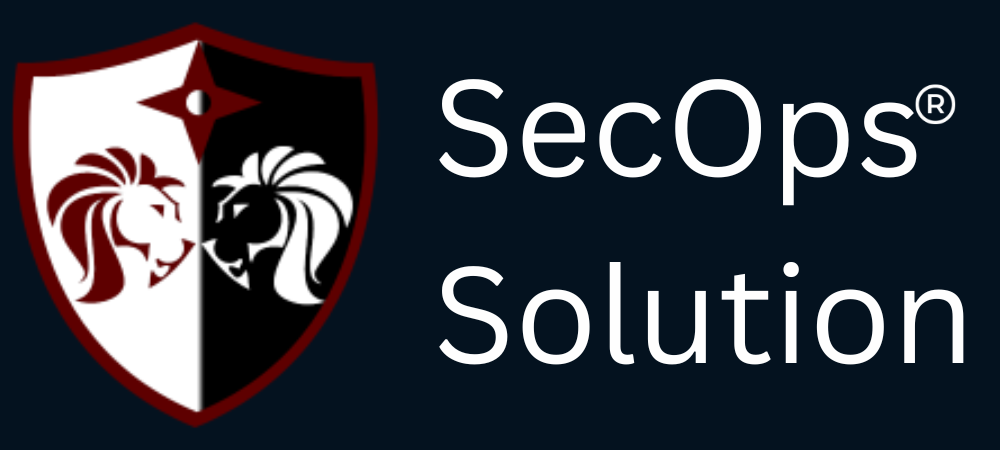
Agentless security for your infrastructure and applications - to build faster, more securely and in a fraction of the operational cost of other solutions

hello@secopsolution.com

In the face of rising cyber threats and increasing digital adoption in the financial sector, Malaysia has implemented a robust cybersecurity regulation framework known as the Risk Management in Technology (RMiT). Issued by Bank Negara Malaysia (BNM), this framework is designed to strengthen cyber resilience and ensure that financial institutions adopt proactive, risk-based security practices.
Among its various focus areas, patch and vulnerability management plays a crucial role in helping organizations stay compliant and secure. In this blog, we’ll explore what the RMiT framework says about patch and vulnerability management, why it’s important, the challenges financial institutions face, and how SecOps Solution can help.
The RMiT Framework, introduced in January 2020 and enforced by Bank Negara Malaysia, provides comprehensive guidance to financial institutions, including banks, insurers, and Islamic financial institutions, on managing technology-related risks.
The core objectives of RMiT are to:
RMiT mandates institutions to implement timely software updates and remediate known vulnerabilities across systems, networks, and applications. Here’s why patch and vulnerability management is emphasized:
Outdated systems are one of the most common entry points for cyberattacks. RMiT stresses the need to eliminate known vulnerabilities before they can be exploited by attackers.
These sections explicitly state that:
Keeping software and systems updated reduces the attack surface significantly, which aligns with the RMiT’s vision of continuous protection and real-time threat response.
Despite the clear mandates, many institutions struggle to implement effective patch and vulnerability management due to:
To comply with the RMiT framework, financial institutions should adopt these best practices:
Maintain a real-time inventory of hardware and software assets to know exactly what needs to be patched.
Use frameworks like CVSS and EPSS to focus on vulnerabilities that pose the greatest risk.
Leverage automated tools to deploy patches quickly across the network, reducing human error and saving time.
Conduct internal and external VAPT exercises regularly, as emphasized by RMiT Section 10.60.
Assess the potential operational impact of each patch and ensure rollback procedures are in place.
Maintain clear logs of all patching activities for auditing and reporting to regulatory authorities.
SecOps Solution is purpose-built to support organizations—especially in the banking and financial sectors—in building an end-to-end patch and vulnerability management program aligned with RMiT compliance.
Whether you're starting from scratch or upgrading an existing process, SecOps Solution helps bridge the gap between technical operations and regulatory compliance.
The RMiT Framework marks a significant step toward stronger cybersecurity in Malaysia's financial sector. However, meeting its expectations—especially in patch and vulnerability management—requires more than just good intentions. It demands a structured, automated, and risk-based approach.
With SecOps Solution, financial institutions can confidently meet the requirements of RMiT, improve security posture, and ensure continued trust among customers and regulators.
SecOps Solution is a Full-stack Patch and Vulnerability Management Platform that helps organizations identify, prioritize, and remediate security vulnerabilities and misconfigurations in seconds.
To learn more, get in touch.